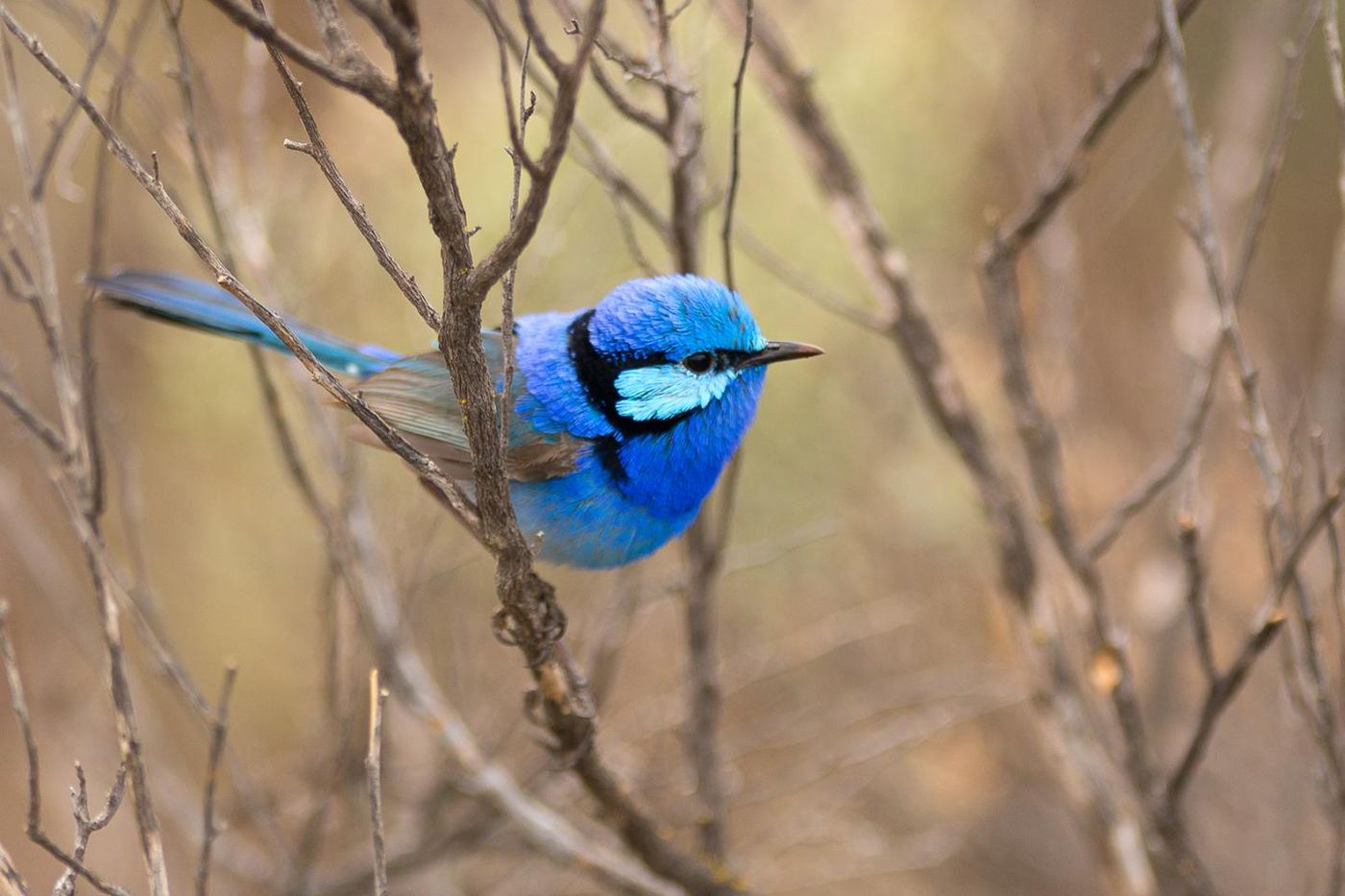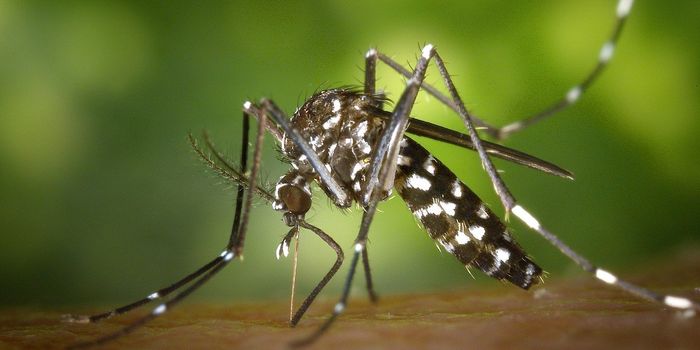These Birds Recognize Individuals Belonging to a Different Species
Animal researchers have known for some time that different species of birds sometimes cooperate for mutual benefit in the wild, but a new study conducted by researchers from both the University of Chicago and the University of Nebraska highlights substantial implications.
Reporting in the journal Behavioral Ecology, the researchers describe specific behavioral mechanisms that seemed unique. In particular, they observed two different species of Australian fairy-wrens that not only worked together but recognized individuals belonging to the other species.
Image Credit: Allison Johnson
This intimate level of intra-species identification went unnoticed until just recently, and it could change our understanding of how various birds interact with one another in their natural habitat.
"Finding that these two species associate was not surprising, as mixed-species flocks of birds are observed all over the world," explained study lead author Allison Johnson from the University of Nebraska.
"But when we realized they were sharing territories with specific individuals and responding aggressively only to unknown individuals, we knew this was really unique. It completely changed our research, and we knew we had to investigate it."
Related: There could be twice as many bird species in the world as originally thought
The two Australian fairy-wrens that tipped the researchers off were the variegated fairy-wren and splendid fairy-wren. They often work together to accomplish foraging tasks and to defend territory from invaders – this includes birds of the same species, but that aren't familiar to the group.
We might compare this behavior to how you would only let friends or family into your home, but not complete strangers. Captivatingly, the birds performed this same task on an intra-species level.
"Splendid and variegated fairy-wrens are so similar in their habitat preferences and behavior, we would expect them to act as competitors. Instead, we've found stable, positive relationships between individuals of the two species," added study co-author Christina Masco from the University of Chicago.
Related: Tropical birds live longer than their temperate counterparts, research shows
But how did they recognize one bird from another? The most likely answer resides within the songbirds’ songs.
This became evident after the researchers placed speakers in the birds’ natural habitat and analyzed their behavior upon playing songs created by rival birds. The results? – More aggressive than they would have been toward a more familiar song. Comparatively, they didn’t react in the same way after the researchers played songs created by familiar birds.
All in all, it seems that both Australian fairy-wren species benefit from the mutual friendship. Otherwise, such a relationship probably wouldn’t exist.
Without a doubt, the study reveals intriguing behavior among these birds, but it also raises fresh questions. For example, how many other birds participate in similar behavior, and do they benefit in comparable ways?
It should be interesting to see how future research might answer these questions.
Source: EurekAlert









